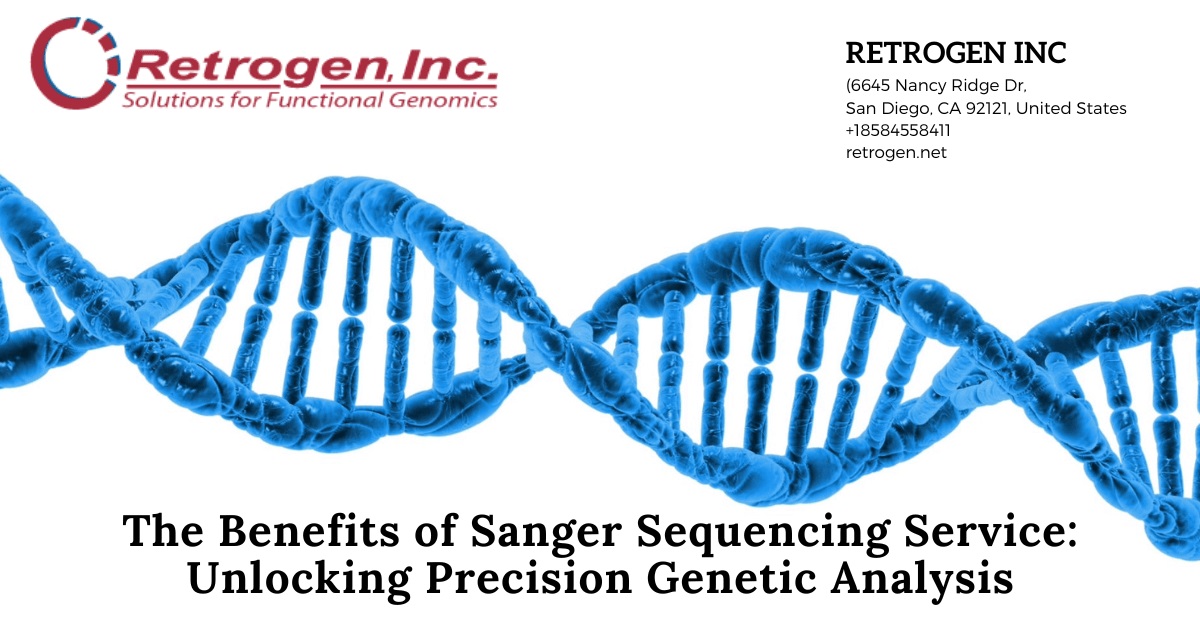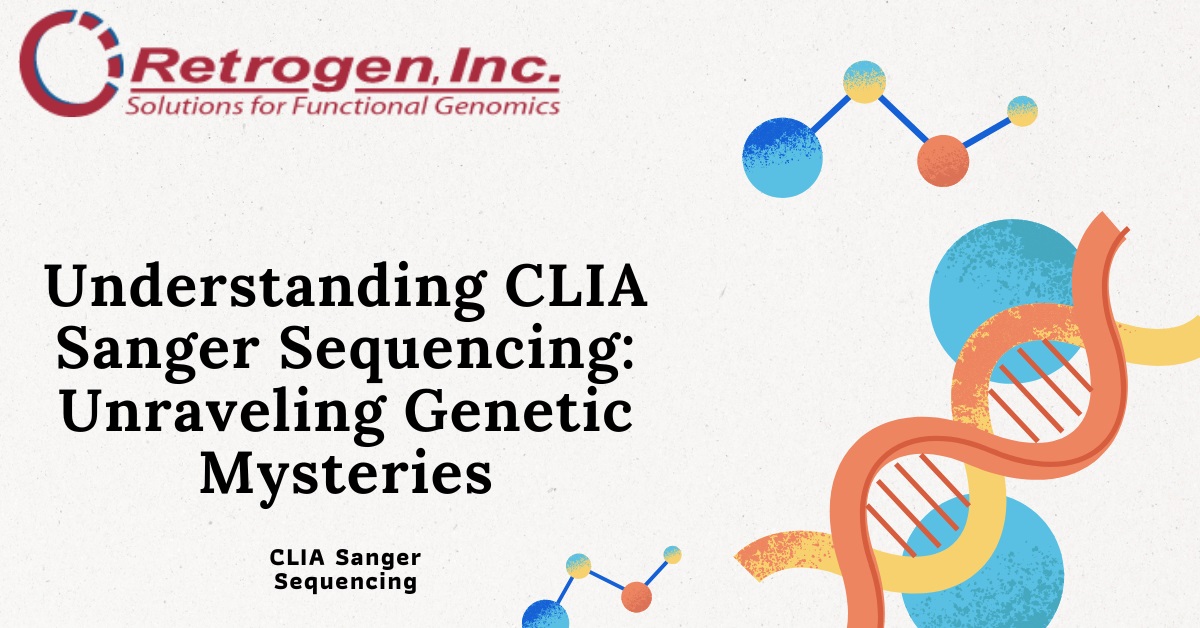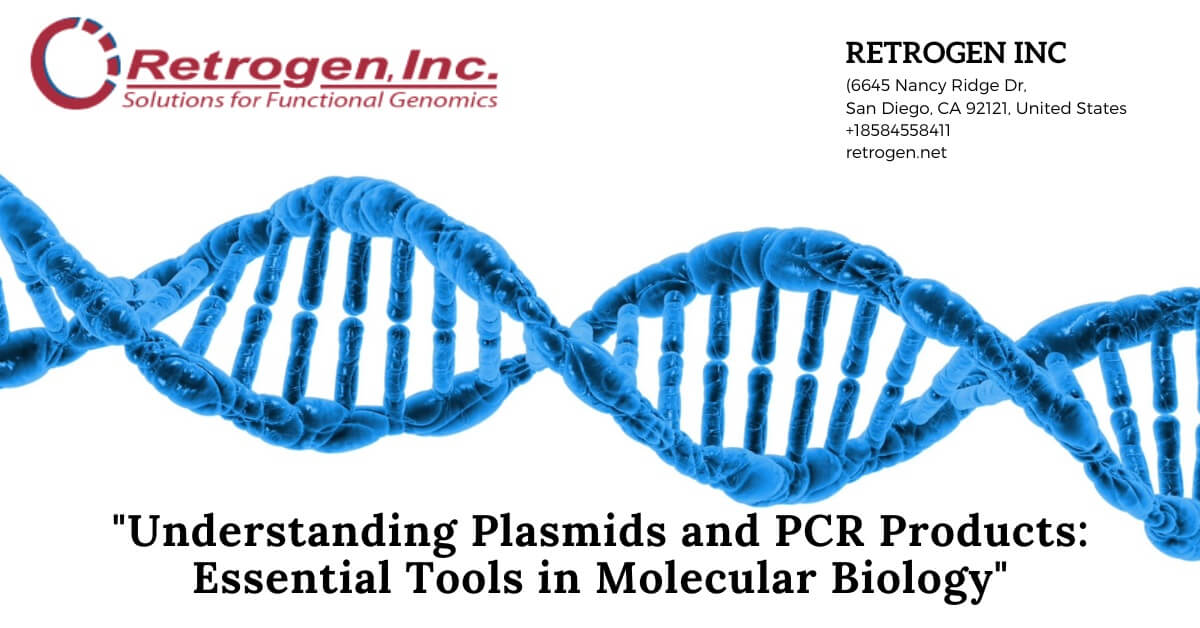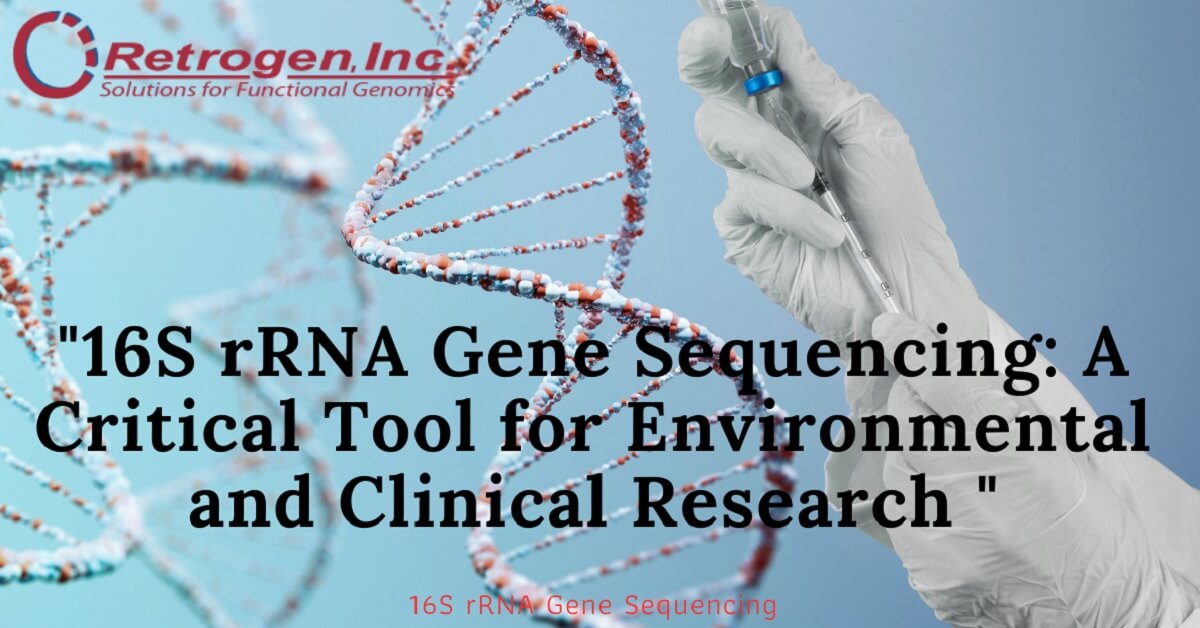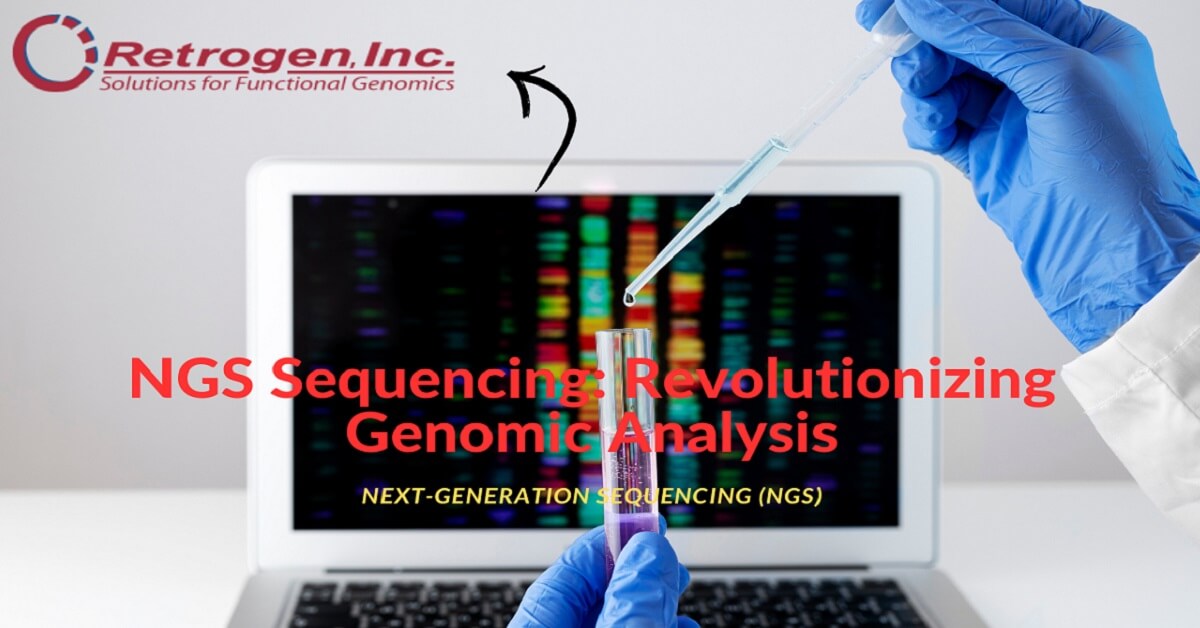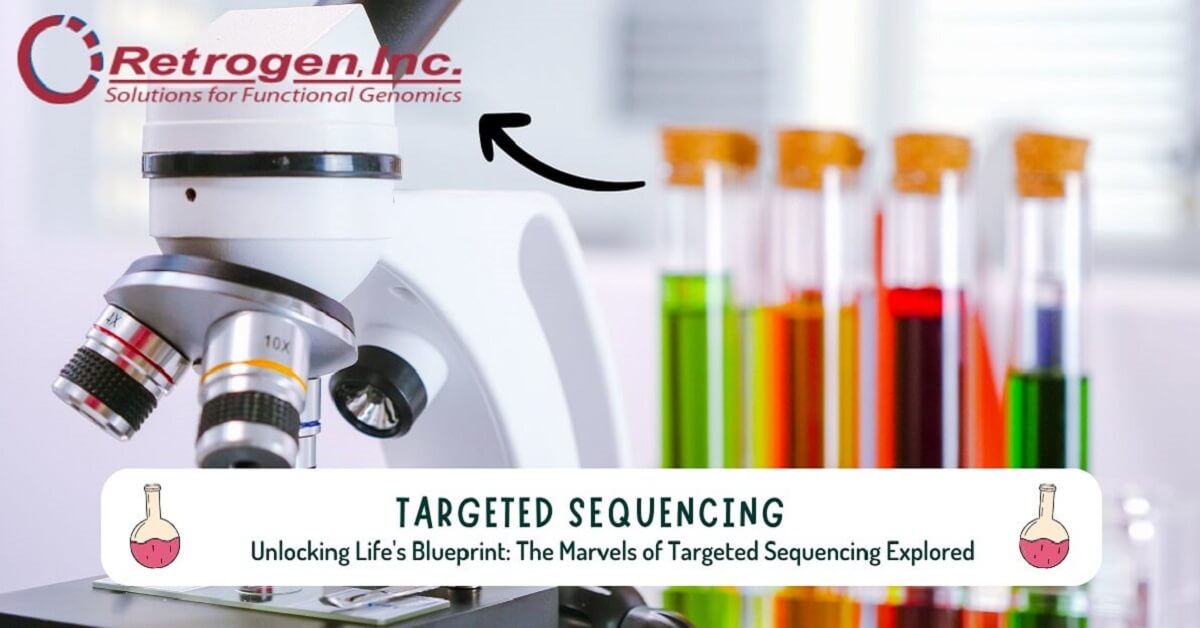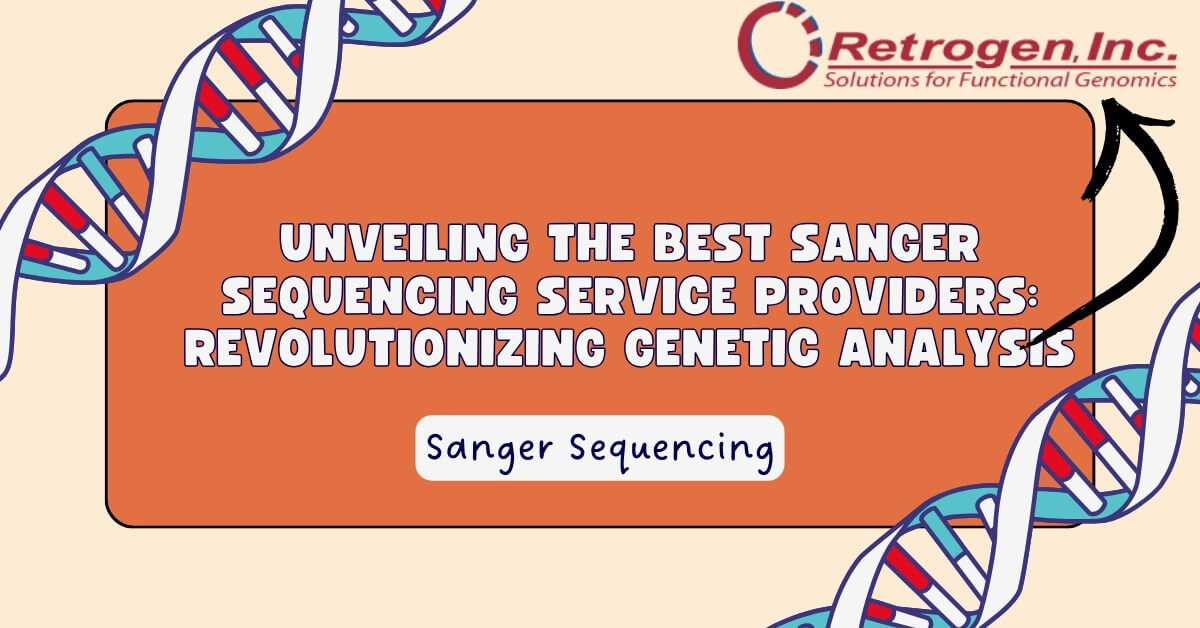
In the realm of genetic analysis, finding reliable and efficient Sanger sequencing service providers is crucial for researchers and clinicians alike. With the advancements in molecular biology and the increasing demand for precision medicine, the need for accurate DNA sequencing has never been more pressing. Here, we delve into the top Sanger sequencing service providers, offering unparalleled expertise and cutting-edge technology.
Leading the Way: Retrogen Sanger Sequencing Service Providers Solutions
Retrogen Sequencing Solutions stands at the forefront of genetic analysis, offering state-of-the-art Sanger sequencing services tailored to meet the unique needs of researchers and healthcare professionals. With a team of seasoned experts and a commitment to excellence, Retrogen delivers accurate and reliable sequencing results with rapid turnaround times.
Innovation in Action: Genomics Genie
Genomics Genie takes Sanger sequencing to new heights with innovative technologies and comprehensive solutions. Their advanced sequencing platforms and meticulous quality control measures ensure unparalleled data accuracy and reproducibility, making them a preferred choice for genetic research projects of all scales.
Precision at Its Best: SequenSure Labs
SequenSure Labs prides itself on delivering precision-driven Sanger sequencing services that exceed industry standards. With a focus on reliability and customer satisfaction, SequenSure Labs offers customizable sequencing solutions coupled with expert guidance to ensure seamless project execution and meaningful results.
Excellence in Every Sequence: GenomeTech Services
GenomeTech Services epitomizes excellence in Sanger sequencing, combining cutting-edge technology with unparalleled expertise to deliver superior sequencing results. Their comprehensive suite of services, from sample preparation to data analysis, caters to the diverse needs of researchers across various fields of study.
Frequently Asked Questions (FAQs):
- What is Sanger sequencing used for?
- Explains the primary applications of Sanger sequencing in genetic research and diagnostics.
- How accurate is Sanger sequencing?
- Discusses the accuracy of Sanger sequencing compared to other methods and factors influencing its reliability.
- What is the cost of Sanger sequencing services?
- Provides insights into the cost structure of Sanger sequencing services and factors affecting pricing.
- Can Sanger sequencing detect mutations?
- Clarifies the ability of Sanger sequencing to identify genetic mutations and its relevance in mutation detection.
- Is Sanger sequencing still relevant with the advent of next-generation sequencing (NGS)?
- Addresses the role of Sanger sequencing in contemporary genetic research and its coexistence with NGS technologies.
Reliable and Trusted: BioSequence Solutions
BioSequence Solutions has earned a reputation as a trusted partner in genetic analysis, offering reliable Sanger sequencing services backed by rigorous quality control measures and exceptional customer support. With a focus on accuracy and efficiency, BioSequence Solutions empowers researchers to unlock the mysteries of the genome with confidence.
Transition words like “Leading the Way”, “Innovation in Action”, “Precision at Its Best”, “Excellence in Every Sequence”, and “Reliable and Trusted” guide the reader seamlessly through the article, ensuring clarity and coherence. With these top Sanger sequencing service providers at your disposal, you can embark on your genetic analysis journey with confidence and precision.



